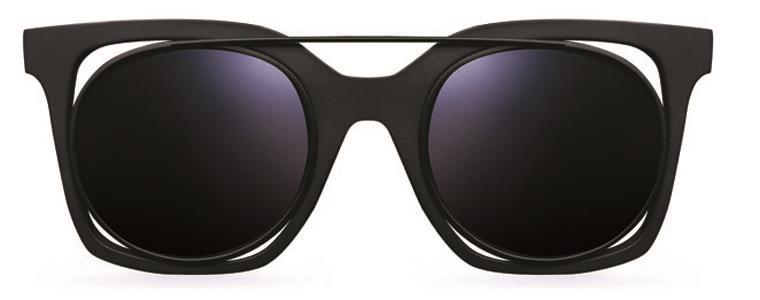With the evolution of manufacturing technology, it has been an exciting time for eyewear and 2016 has been one of the most interesting years in recent times. More complex structures are being used, but like some sort of advanced manufacturing technology counterculture, there has also been more experimentation with organic materials such as wood, buffalo horn and even marble.
Facial scanning was the talk of the industry at opti Munich in January. Optician had been treated to demonstrations of early versions of scanning systems at Silmo a few months previously, but it was in Munich that brands began to latch on to the concept.
The premise is simple; a patient’s face is scanned using sophisticated cameras, algorithms match the patient’s anatomical data with a bespoke fitted frame, which is printed using additive manufacturing (3D printing).
The systems on show at opti differed in sophistication. Some used multiple camera set ups that captured a large percentage of the head’s dimensions at the same time, while the others used a scanning device attached to an iPad and moved around the subject to capture the image.
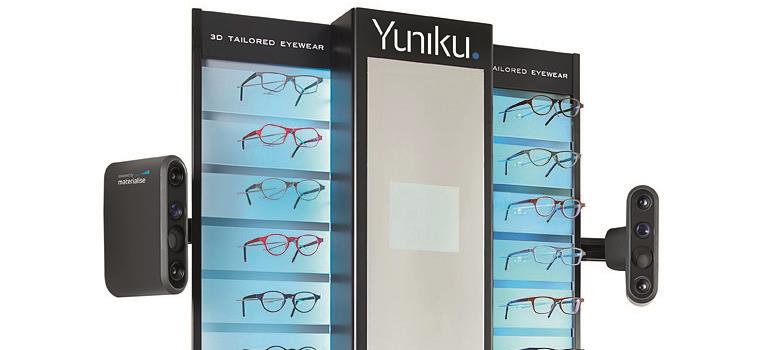
Yuniku 3D scanning and display unit
This concept was developed further by, somewhat surprisingly, Hoya. Its Yuniku platform was unveiled at Silmo in September and should launch in the UK in the first quarter of 2017. In conjunction with Belgian 3D printing firm Materialise and Hoet Design Studio, Hoya has created a dispensing tool that puts optimal lens positioning at the very forefront. Once the ideal placement has been calculated, the frame is rendered around the anatomical measurements and the shape can be adjusted by the practitioner if necessary.
Facial scanning for frame production is something that should appeal to any forward thinking practice, but with Hoya’s involvement, Yuniku could well be the system opticians put their faith in during 2017.
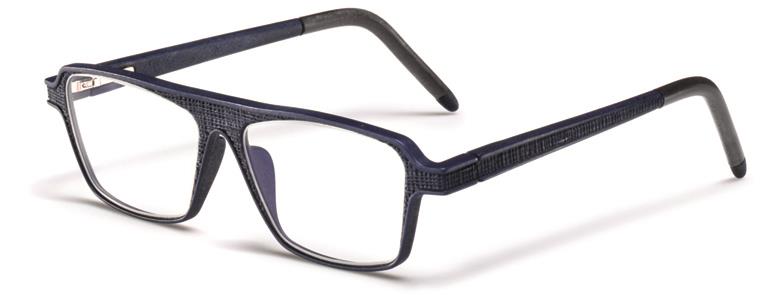
Yuniku Y9 frame with linen texture finish
When Optician found marble eyewear from Italian manufacturer Stonecycle at Mido in February, it stopped to think about just how many different materials out of which glasses are being made – not just pieces inlaid into temples, etc, but full frame construction.

Lorano by Stonecycle
Stonecycle’s frames were a delight. Classic, hefty shapes with a natural texture that only marble can offer. The frames are not exactly what you would describe as ‘svelte’, but they were well-balanced with no issues around weight distribution thanks to brass temples.
If the perfectly formed results of frames made using high tech 3D printing and laser cutting is a little too clean cut, then the inherent imperfections of Slave to Ancestors are the antithesis. Like a pair of shoes, the frames take on a distressed look with time.
Trending
Two trends have defined 2016; metal construction and round silhouettes. After experiencing a bit of a novelty renaissance after the first instalments of the Harry Potter franchise, round frames disappeared from whence they came.
This year the shape has returned in a big way, first in sunglass frames and then in optical. Size has been the differentiator this time around, with small forms eschewed in favour of large diameters. So far, material choice has tended to favour thin metals.
Tying in with the aforementioned advances in manufacturing technology, metal frames have once again come to the fore of eyewear this year. Metal structures can now be produced with more complexity, bringing new aesthetics at an even more affordable cost and the price of production and tooling manufacturing lines has dropped. Layering has been a popular tactic among designers of metal frames, creating asymmetric drop-shadow effects and even the feeling of two silhouettes stacked on top of one another.

Khan by Blake Kuwahara
This dual frame aesthetic has also spread to the realm of acetate. First seen in edgier forms by Niloca two years ago, the concept has been developed and refined by Blake Kuwahara among others. Kuwahara’s designs tend to mix two markedly different forms with the frame, creating an added sense of drama. As is generally the way within eyewear, this design style has filtered down into cost friendly collections and will continue to do well into 2017.
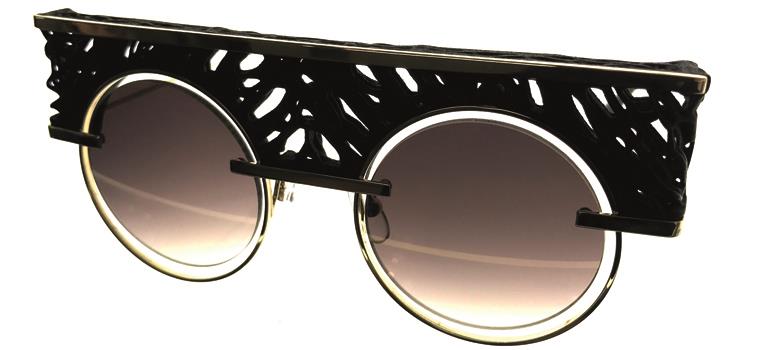
Safilo's Oxydo collection
On the subject of 2017, what should we expect next year? Mixed-material silhouettes and layered construction look set to dominate the forthcoming 12 months, so buying practice inventory to reflect that particular trend could be a wise move. Additive manufacturing is also starting to gain more traction, especially with the behemoth producers. Optician previewed Safilo’s in house Oxydo collection recently, which featured a number of 3D printed sunglass styles, all with highly complex and experimental structures, only possible through this new manufacturing technique. If the new Oxydo collection, which is rather nice, it has to be said, performs well early next year, then the technology will probably expand into some more of Safilo’s brands. Pantone has also just named Greenery, which includes a plethora of shades, as its colour of 2017, so expect to see plenty of experimentation.
Top five frames of the year
Monceros ‘Gemini’ : Buffalo horn produced to a level not seen before
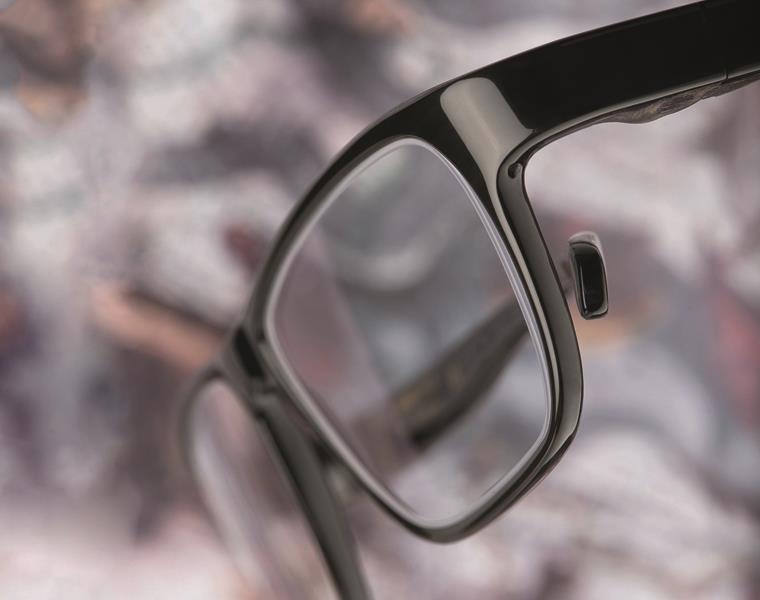
Jacques Marie Mage, Stendhal: Acetate with modernity
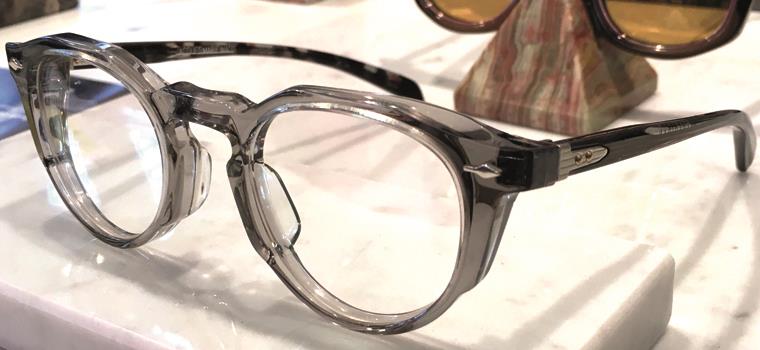
Eyespace Cocoa Mint CMS2000: Quality and design that defies its price

LooL Eyewear, Tectonic Grid: Laser engraved for function and form

Yohji Yamamoto, YY708: Avant-garde design translated into eyewear
